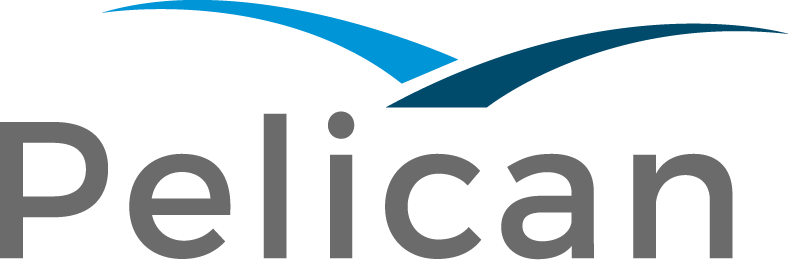
By Rajiv Desai
ISO20022 migration will undeniably be a resource-heavy exercise, so the adoption of the right technologies in the right areas will be a primary success factor – with AI technologies being the essential part of any organisations successful migration tool-kit!
The ISO 20022 messaging standard enables rapid payments processing and global settlement, with interoperability across many payments infrastructures. As we move closer to the migration deadline across various jurisdictions and regions, the technology challenges for managing the messaging format migration are becoming increasingly clear, as organisations tackle issues and opportunities provided by the format switch, such cost effectiveness and delivery of additional value added products and services.
Looking across key technologies in the payments space, use of Artificial Intelligence (AI) disciplines undoubtedly sits at the top of an adoption list. A recent survey noted that that almost 35%* of technology used in the banking and finance sector is based on AI and 28.1%** of AI technology approaches use NLP (Natural Language Processing) & ML (Machine Learning).
Just as we saw the huge impact mobile had on the world of FinTech a decade ago, AI (and especially NLP) are having and will continue to have a significant impact in global payments, especially in wholesale, cross border and high-value payments processing. AI using NLP & ML technologies can be utilized for ISO20022 & MX migration at various levels, but we can highlight three broad areas where AI can play a significant part in the format migration:
Format Translations along with Auto Enrichment
In the phases between co-existence and complete format migration, NLP-based techniques can be used for Format Translations by structuring and normalizing data that has been free-format in the past and ensuring completeness and integrity of data, to derive elements that need to be in mandatory fields.
In addition using unstructured data to enrich and map into correct ISO 20022 & SWF MX structured fields that can used for additional fee derivation, beneficiary address validation or compliance and AML checks using country codes. Having structured information will enable better management of regulatory compliance and cost-effective AML, with less false positives.
Self-Learning for future Payments Enrichment
In the initial phases post migration, AI can be utilized for learning from transactions that went into exceptions, so that in future they be can enriched, auto repaired, and therefore increasing STP and lowering costs.
Voice-Assisted Customer Support
During the transition phase from co-existence to absolute migration, there will be surge in queries and concerns from customers. Customer service can be automated using NLP based voice-assisted live conversations, and chatbots can be provided as an ancillary service.
These three areas are not exclusive of course. AI & NLP technologies can be used in each facet of the ISO Migration - Pre, During, and Post stages across Processing and Management and Compliance.
ISO20022 migration will undeniably be a resource-heavy exercise, so the adoption of the right technologies in the right areas will be a primary success factor – with AI technologies being the essential part of any organisations successful migration tool-kit!



